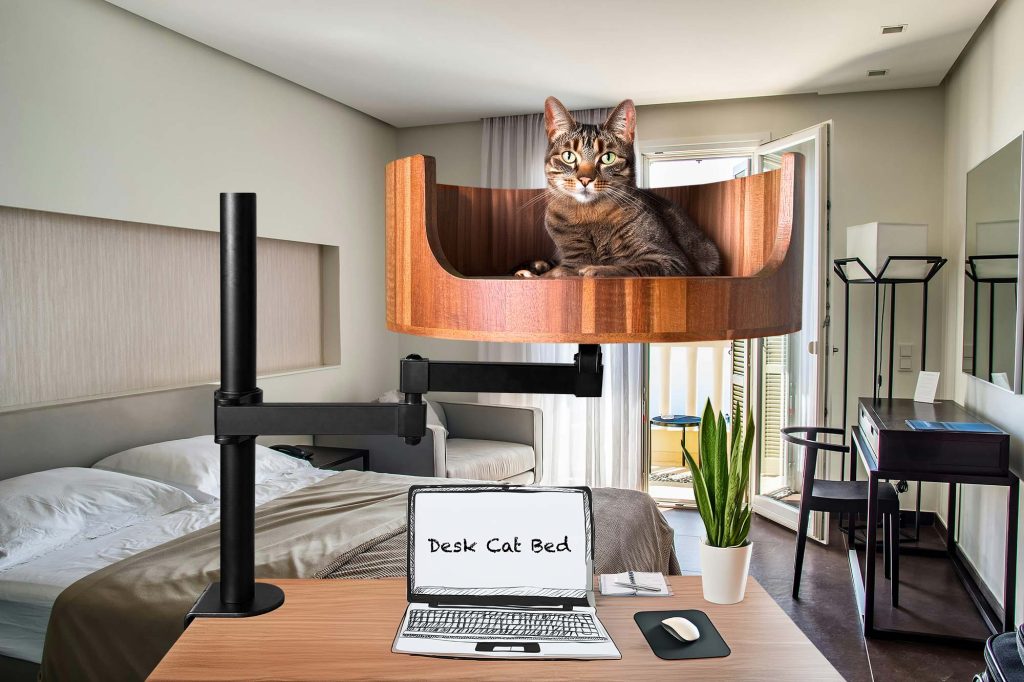Have you ever wondered why cats wag their tails? Understanding feline behavior can often seem like a mystery, but there are actually several reasons why cats exhibit this behavior. In this article, we will delve into the fascinating world of cat behavior and explore the various motivations behind tail wagging.
From expressing emotions to communicating with other cats, a cat’s tail can be a powerful tool for conveying information. In the wild, cats use their tails to signal to potential predators or prey, but in the domestic setting, this behavior can take on new meanings. By understanding the nuances of tail wagging, cat owners can better interpret their feline friends’ moods and needs. So, if you’ve ever found yourself puzzled by your cat’s tail movements, read on to uncover the secrets behind why cats wag their tails.
1. Cats wag their tails as a form of communication, indicating their mood or feelings.
2. Tail wagging can signal excitement, aggression, fear, or even contentment in cats.
3. Understanding the reasons behind a cat’s tail movements can help improve communication and strengthen the bond between pet and owner.
4. Tail wagging should be interpreted within the context of other body language and vocalizations to accurately decipher a cat’s emotions.
5. By observing and responding to your cat’s tail wagging, you can better meet their needs and create a harmonious environment for both of you.
What is Tail Wagging in Cats?
Tail wagging is a common behavior observed in cats, but unlike dogs, it does not always indicate a friendly or playful mood. Cat tail wagging can have various meanings depending on the context and the speed and direction of the movement. For example, a slow and gentle wag may signal relaxation or curiosity, while a fast and aggressive wag could indicate irritation or readiness to attack. Understanding the nuances of tail wagging in cats is essential for deciphering their emotions and responding appropriately.
Causes of Tail Wagging in Cats
There are several reasons why cats wag their tails, and it is crucial to consider the context in which the behavior occurs. Tail wagging can be a response to external stimuli, such as the presence of another animal, a loud noise, or an unfamiliar object. It can also be a form of communication between cats, signaling dominance, submissiveness, or a desire to play. In some cases, tail wagging may even be a sign of pain or illness, indicating the need for immediate veterinary attention.
Interpreting Different Types of Tail Wagging
Not all tail wagging is created equal, and understanding the subtleties of feline body language is essential for accurately interpreting their emotions. A confident cat may hold its tail high and wag it slowly, while an anxious or fearful cat may tuck its tail between its legs and wag it nervously. A flicking tail could indicate annoyance or impatience, while a puffed-up tail with rapid wagging may signal aggression. By paying attention to the speed, direction, and position of the tail, cat owners can gain valuable insights into their pet’s state of mind.
Tail Wagging and Health Issues
In some cases, excessive or abnormal tail wagging in cats may be a symptom of underlying health issues. For example, hyperthyroidism, arthritis, or neurological disorders can cause cats to exhibit unusual tail movements. It is essential for cat owners to monitor their pet’s tail wagging behavior and consult a veterinarian if they notice any changes or abnormalities. By addressing any underlying health issues promptly, cat owners can ensure their pet’s well-being and quality of life.
Desk Cat Nest FAQ
Why do cats wag their tail?
Cats wag their tail as a form of communication. It can indicate a range of emotions, including excitement, agitation, or annoyance. Pay attention to the context in which your cat is wagging its tail to determine the underlying emotion.
Is tail wagging always a sign of aggression in cats?
No, tail wagging is not always a sign of aggression in cats. While it can indicate agitation or annoyance, cats may also wag their tail when they are excited or happy. It’s important to consider other body language signals and the context to understand the full picture of your cat’s emotions.
How can I tell if my cat is wagging its tail out of aggression?
Aggressive tail wagging in cats is typically accompanied by other signs of aggression, such as flattened ears, dilated pupils, and a tense body posture. If your cat’s tail is wagging rapidly and they exhibit these additional signs, it may be a good idea to give them some space and avoid provoking further aggression.
Can a Desk Cat Nest help reduce tail wagging in cats?
A Desk Cat Nest can provide your cat with a cozy and secure space to relax, which may help reduce stress and agitation that can lead to excessive tail wagging. Additionally, the elevated design of the Desk Cat Nest can give your cat a sense of security and control over their environment, potentially reducing the need to communicate through tail wagging.
In conclusion, providing your cat with a comfortable and cozy spot to rest, such as the Desk Cat Bed, can help reduce stress and anxiety, ultimately leading to a decrease in tail wagging behavior. The Desk Cat Bed offers a supportive and secure environment for your feline friend to relax in, promoting a sense of calmness and contentment. By investing in a Desk Cat Bed, you are not only providing your cat with a peaceful retreat, but also helping to improve their overall well-being. Choose Desk Cat Bed for a happy and tail-wagging cat!


